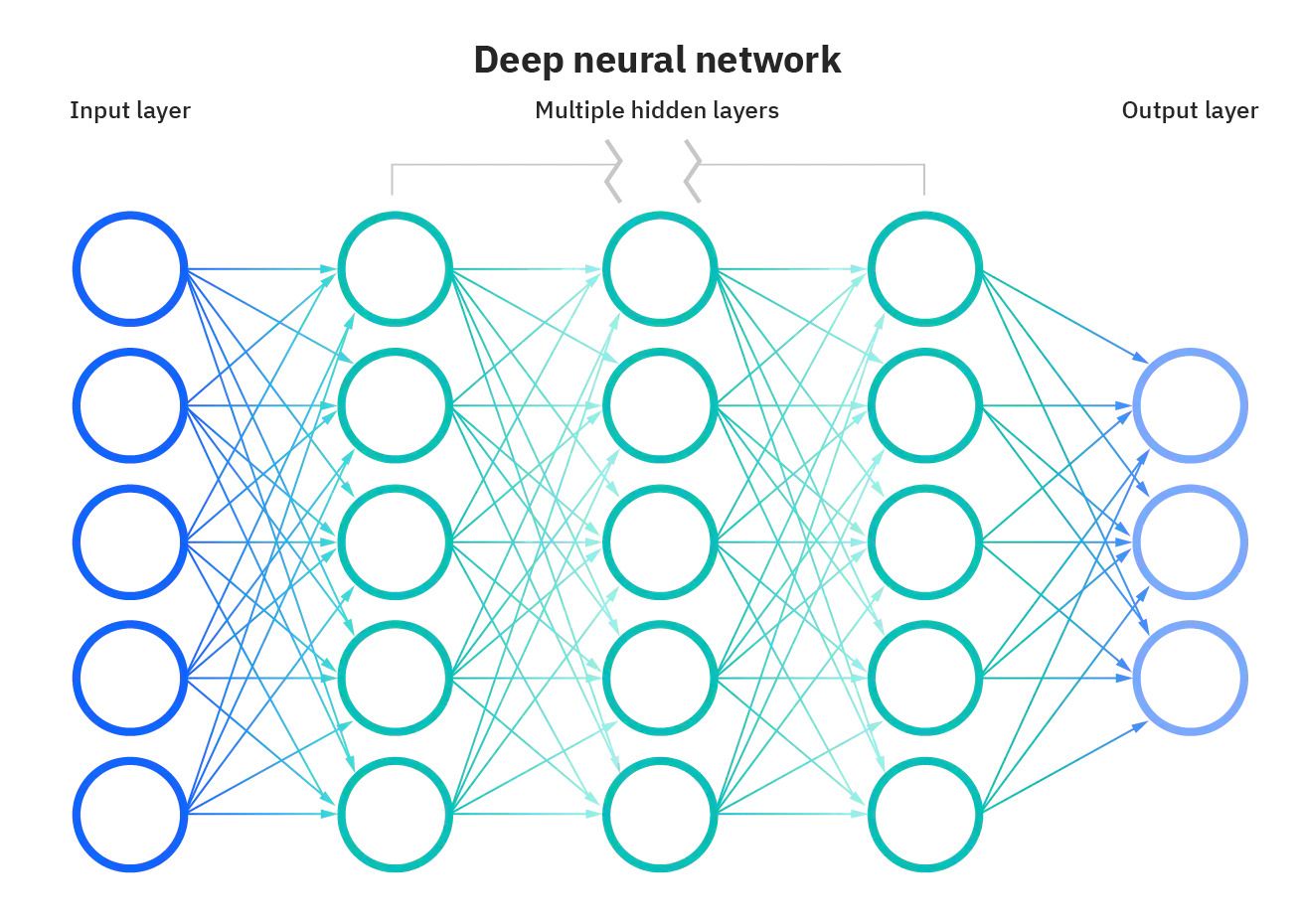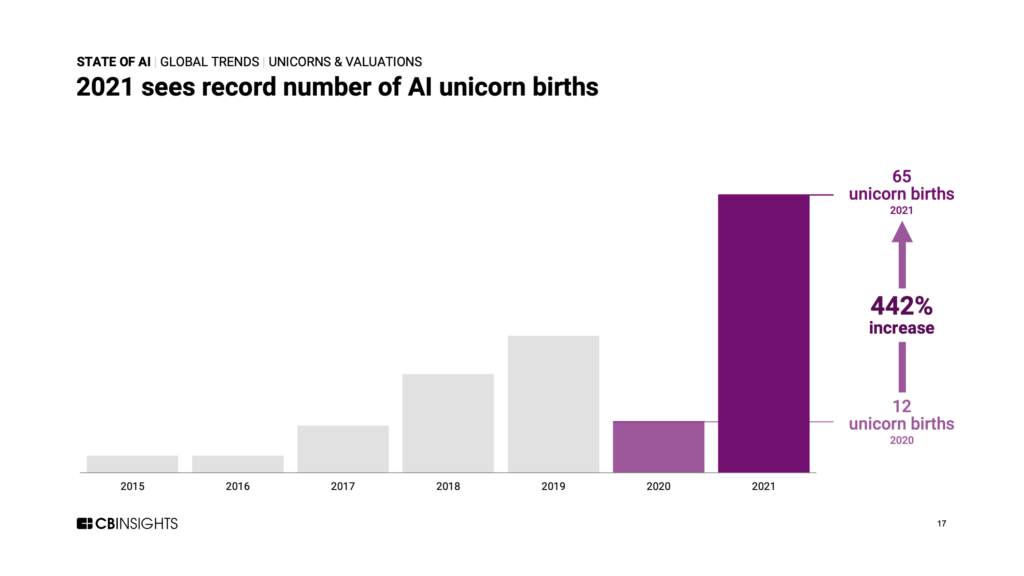What is Artificial Intelligence?
Artificial intelligence (AI) is a process of teaching a computer how to make decisions for itself. This can be done through a number of methods, including but not limited to: rule-based systems, decision trees, genetic algorithms, artificial neural networks, and fuzzy logic systems. The goal of AI is to create a system that can reason and learn in a way that is similar to humans.
What are the four types of Artificial Intelligence?
Reactive Machines : Reactive machines have no memory and can only respond to the current situation. They take simple actions like avoiding an obstacle in their path or moving towards a destination.
Limited Memory: Limited memory AI systems can remember and use past experiences to inform their present decisions. For example, a self-driving car might use its limited memory to recall a particularly tricky stretch of road and then use that information to navigate the current situation.
Theory of Mind: Theory of mind AI is a branch of AI research that seeks to create machines that can understand human emotions and intentions. This type of AI would be able to interact with humans in a more natural way, understanding their needs and feelings.
Self-Awareness: Self-aware AI is a hypothetical form of AI that is aware of its own existence and can introspectively understand its own thoughts and feelings. This type of AI is often used in fiction as a representation of the Singularity, or the point at which machines surpass human intelligence.
What are Examples of Artificial Intelligence?
Some common examples of artificial intelligence include:
1. Machine learning: This is a method of teaching computers to learn from data, without being explicitly programmed.
2. Natural language processing: This involves teaching computers to understand human language and respond in a way that is natural for humans.
3. Robotics: This involves the use of robots to carry out tasks that would otherwise be difficult or impossible for humans to do.
4. Predictive analytics: This is a method of using artificial intelligence to make predictions about future events, trends, and behaviours.
5. Computer vision: This is the ability of computers to interpret and understand digital images.
Deep learning vs machine learning
Since deep learning and machine learning tend to be used interchangeably, it's worth noting the nuances between the two. As mentioned above, both deep learning and machine learning are sub-fields of artificial intelligence, and deep learning is actually a sub-field of machine learning.
Deep learning is actually comprised of neural networks. “Deep” in deep learning refers to a neural network comprised of more than three layers which would be inclusive of the inputs and the output can be considered a deep learning algorithm. This is generally represented using the following diagram:

The way in which deep learning and machine learning differ is in how each algorithm learns. Deep learning automates much of the feature extraction piece of the process, eliminating some of the manual human intervention required and enabling the use of larger data sets. You can think of deep learning as "scalable machine learning" as Lex Fridman noted in same MIT lecture from above. Classical, or "non-deep", machine learning is more dependent on human intervention to learn. Human experts determine the hierarchy of features to understand the differences between data inputs, usually requiring more structured data to learn.
"Deep" machine learning can leverage labeled datasets, also known as supervised learning, to inform its algorithm, but it doesn't necessarily require a labeled dataset. It can ingest unstructured data in its raw form (e.g. text, images), and it can automatically determine the hierarchy of features which distinguish different categories of data from one another. Unlike machine learning, it doesn't require human intervention to process data, allowing us to scale machine learning in more interesting ways.
Source: ibm.com
Applications of Artificial Intelligence
The applications for artificial intelligence are endless. The technology can be applied to many different sectors and industries. AI is being tested and used in the healthcare industry for dosing drugs and different treatment in patients, and for surgical procedures in the operating room.
Other examples of machines with artificial intelligence include computers that play chess and self-driving cars . Each of these machines must weigh the consequences of any action they take, as each action will impact the end result. In chess, the end result is winning the game. For self-driving cars, the computer system must account for all external data and compute it to act in a way that prevents a collision.
Artificial intelligence also has applications in the financial industry , where it is used to detect and flag activity in banking and finance such as unusual debit card usage and large account deposits all of which help a bank's fraud department. Applications for AI are also being used to help streamline and make trading easier. This is done by making supply, demand, and pricing of securities easier to estimate.
Source: investopedia.com
What are practical applications of Artificial Intelligence?
Siri, Alexa and other smart assistants
Self-driving cars
Robo-advisors
Conversational bots
Email spam filters
Netflix's recommendations
Source: builtin.com

The United States Of Artificial Intelligence Startups
Startups in 46 US states plus DC are applying artificial intelligence tech across industries like marketing, healthcare, retail, and more.
Despite sustained global uncertainty caused by the Covid-19 pandemic, the artificial intelligence sector is shattering funding records this year, garnering $38B in H1'21 already surpassing the $36B raised in 2020.
The industry is maturing at a blistering pace. A number of new records were achieved in Q2'21, including 50 mega-rounds, 24 new AI unicorns, and 119 exits. Notable events include Waymo's $2.5B funding round, UiPath's $29B IPO, and Microsoft's $19.7B acquisition of Nuance.
Source: cbinsights.com





